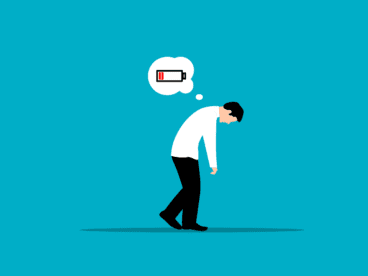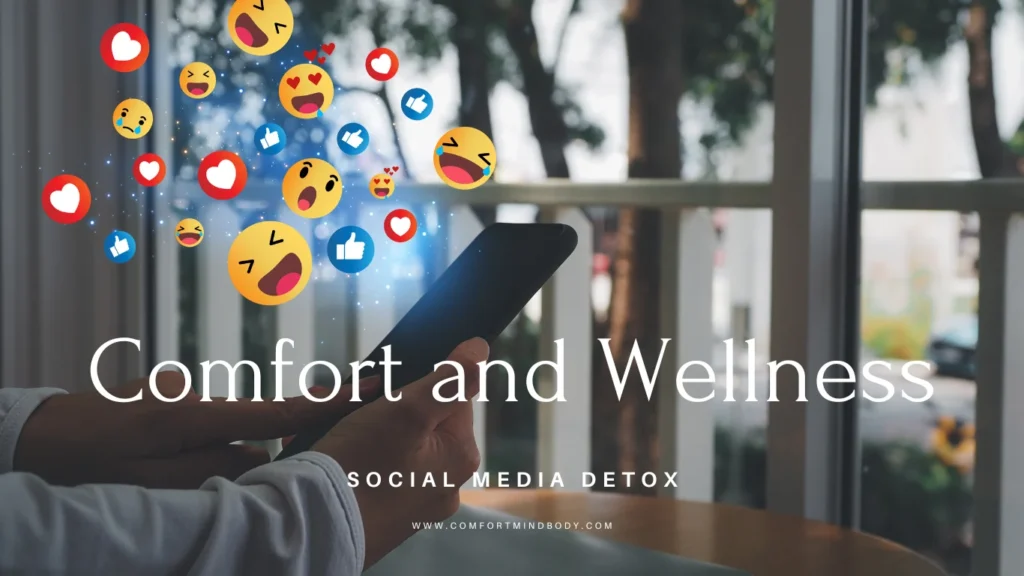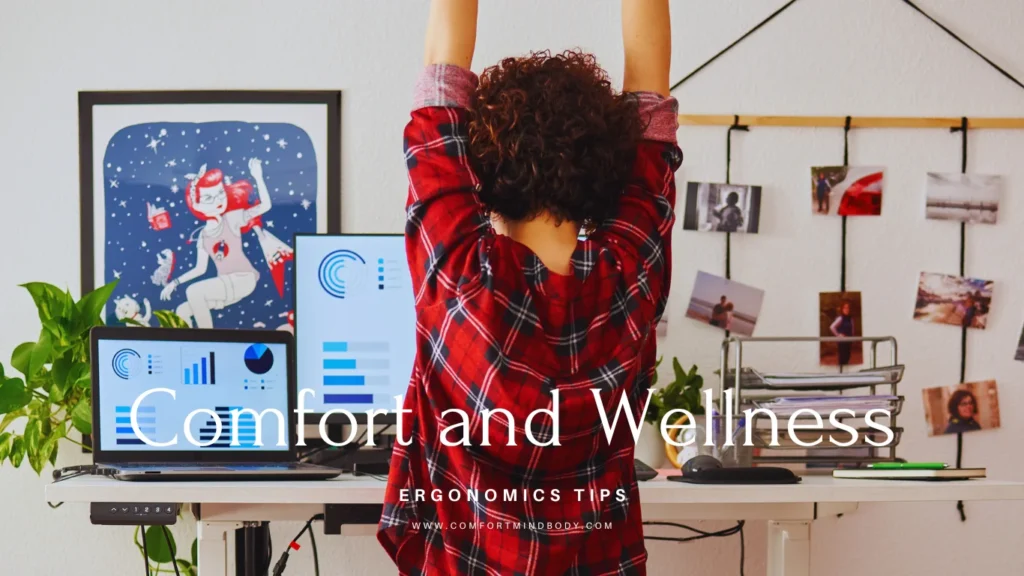Anxiety Relief. In today’s fast-paced and stressful world, anxiety has become a common issue affecting millions of people. For those who struggle with anxiety, it can be challenging to find relief and regain control over their lives.
One effective tool that can provide support and guidance in managing anxiety is therapist aid worksheets. These worksheets help people understand their anxiety. They also help identify triggers and create coping strategies. This can lead to a more peaceful and balanced life.
Therapist-aid worksheets are created by mental health professionals and based on evidence-based practices to ensure their effectiveness. These worksheets can be used with therapy or as a self-help tool. They help people manage their anxiety on their own.
In this article, we will look at the causes and symptoms of stress. We will also discuss how therapist-aid worksheets can help manage anxiety. We will cover the different types of worksheets available. Finally, we will explore other techniques and products that can help relieve anxiety.
Table of Contents
ToggleUnderstanding Anxiety: Causes and Symptoms
Anxiety Relief
Anxiety is a natural stress response and can be a beneficial emotion, helping individuals to cope with challenging situations. However, when anxiety becomes chronic and overwhelming, it can interfere with daily functioning and overall well-being.
Several factors contribute to anxiety, including genetics, brain chemistry, personality traits, and life experiences. Some common symptoms of anxiety include excessive worry, restlessness, irritability, difficulty concentrating, and sleep disturbances.
It is essential to know the signs of anxiety. Understanding the causes can help manage and overcome this condition. Therapist aid worksheets can be very helpful. They help people understand their anxiety and create ways to cope with it.
The Role of Therapist Aid Worksheets in Managing Anxiety
Anxiety Relief
Therapist aid worksheets are very helpful for people with anxiety. They provide structure and guidance to address the main issues. These worksheets offer a step-by-step approach to understanding anxiety, identifying triggers, and developing coping mechanisms. They can be used in therapy sessions or as a self-help tool. This lets people work at their own pace and in their own space.
Using therapist-aid worksheets for anxiety relief has many benefits. These include better self-awareness, improved emotional control, and stronger problem-solving skills. By using these worksheets, people can better understand their anxiety. They can also create personal strategies to manage it well.
Types of Therapist Aid Worksheets for Anxiety Relief
Anxiety Relief
There are numerous therapist-aid worksheets available, each targeting specific aspects of anxiety management. Some popular types of worksheets include:
Anxiety Psychoeducation Worksheets: These worksheets provide information about anxiety, its causes, and its symptoms, helping individuals gain a better understanding of their condition.
Cognitive Restructuring Worksheets: These worksheets help people find and challenge negative thoughts that cause anxiety. They replace these thoughts with healthier and more balanced ones.
Relaxation and Mindfulness Worksheets: These worksheets teach relaxation techniques and mindfulness practices. They can help lower anxiety and create a sense of calm.
Exposure Therapy Worksheets: These worksheets guide individuals through gradual exposure to anxiety-provoking situations, helping them build tolerance and reduce their fear response.
Goal Setting and Problem-Solving Worksheets: These worksheets help people set realistic goals. They also help develop good problem-solving strategies. This can help manage anxiety in different situations.
Calming Dog: A Unique Approach to Anxiety Relief
Anxiety Relief
For numerous individuals, the presence of a calming dog can be an invaluable source of anxiety relief. Calming dogs, also known as therapy or emotional support dogs, receive special training.
They provide comfort and companionship to people dealing with anxiety and mental health issues. These amazing dogs can sense when their owners feel anxious. They offer support through touch and constant companionship.
The profound impact of calming dogs on individuals with anxiety cannot be overstated. These extraordinary animals offer a sense of solace and security that can help alleviate the symptoms of anxiety. Being with a calm dog can help you feel less stressed and more at ease.
The physical touch and affection from therapy dogs can release endorphins. This helps people relax and feel better emotionally.
Furthermore, the non-judgmental nature of calming dogs fosters an environment of unconditional love and acceptance. Individuals with anxiety often experience self-doubt and fear of being judged.
However, when a calming dog is around, these worries lessen. The dog provides steady support and friendship without any demands or judgment. This creates a safe space for individuals to express their emotions freely and without fear of judgment.
Calming dogs are trained to help their owners with anxiety. They perform specific tasks to assist in these situations. These tasks can include deep pressure therapy. In this, the dog gently presses against the owner’s body. This helps create a feeling of grounding and security.
The dogs can be trained to stop anxious behaviors. This includes things like pacing or repeating motions. They do this by redirecting the person’s focus and offering calm support.
How to Help a Dog with Anxiety: Practical Tips and Techniques
Anxiety Relief
Just as humans can experience anxiety, dogs can also suffer from this debilitating condition. To help a dog with anxiety, you need to know the causes and symptoms. Then, you can use practical tips and techniques for relief. Some strategies for helping a dog with anxiety include:
- Providing a consistent routine and environment to reduce stress and uncertainty.
- Offering regular exercise and mental stimulation to release pent-up energy and promote relaxation.
- Utilizing positive reinforcement and desensitization techniques to help the dog build confidence and reduce their fear response.
- Seeking professional help from a veterinarian or animal behaviorist for severe cases of anxiety.
Top Anxiety Relief Products for a Calmer Mind
Anxiety Relief
Many products can help with anxiety. These include therapist aid worksheets and calming dogs. They can help people manage their anxiety more effectively. These products can be used in conjunction with therapy or as standalone tools for those looking for additional support. Some top anxiety relief products include:
- Weighted Blankets: These blankets give gentle pressure like a comforting hug. They can help reduce anxiety and promote relaxation.
- Aromatherapy Diffusers: Essential oils like lavender, chamomile, and bergamot can calm the nervous system. Using them in a diffuser may help reduce anxiety.
- Fidget Toys: Fidget toys, like stress balls or spinner rings, can help people manage anxious energy. They also help maintain focus during stressful times.
- Meditation Apps: Apps like Headspace and Calm offer guided meditation sessions. These can help people practice mindfulness and lower anxiety.
- Books on Anxiety Management: Books such as The Anxiety and Phobia Workbook by Edmund J. Bourne and “Te Worry Trick” by David A. Carbonell offer practical tips and techniques for managing anxiety.
Stress and Anxiety Relief Products for Different Needs
Anxiety Relief
Every individual experiences anxiety differently, and as a result, different products may be more effective for some than others. It is essential to explore various stress and anxiety relief products to find the ones that work best for your unique needs. Some additional products to consider include:
- Anxiety Relief Supplements: Natural supplements such as L-theanine, GABA, and ashwagandha can help improve mood and lessen anxiety.
- Acupressure Mats: These mats stimulate pressure points on the body, promoting relaxation and stress relief.
- Noise-Canceling Headphones: If you have trouble with sensory overload, noise-canceling headphones can help. They create a calm space and lower anxiety triggers.
- Art Therapy Supplies: Engaging in creative activities like drawing, painting, or coloring can help reduce anxiety and promote relaxation.
Therapist Aid Strategies for Managing Panic Attacks
Panic attacks can be a serious symptom of anxiety. Therapist strategies can be very helpful in managing and preventing them. Some therapist-aid techniques for managing panic attacks include:
- Deep Breathing Exercises: Doing deep, controlled breathing can help calm the nervous system. It can also lessen the strength of a panic attack.
- Grounding Techniques: Grounding activities can help people feel more present and calm. Examples include naming objects around you or holding something familiar.
- Progressive Muscle Relaxation: Tensing and relaxing different muscle groups can help reduce tension. This technique can promote calm during a panic attack.
- Cognitive Techniques: Challenging catastrophic thoughts and focusing on rational thinking can help individuals regain control during a panic attack.
Finding the Right Anxiety Aid: Therapy and Self-Help Options
Anxiety Relief
There is no single solution for managing anxiety. It is important to explore different therapy and self-help options. This will help you find the right aid for your unique needs. Some options to consider include:
- Cognitive-Behavioral Therapy (CBT):
CBT is an effective therapy. It helps people identify and change negative thoughts and behaviors. These thoughts and behaviors can lead to anxiety. - Support Groups: Joining a support group can help you feel connected to others. It allows people to share their experiences and learn from those who have faced similar challenges.
- Meditation and Mindfulness: Regular meditation and mindfulness can help people become more self-aware. This practice can also improve emotional control and reduce anxiety over time.
- Self-Help Resources:
Books, apps, and online tools can help people manage their anxiety. These resources provide useful information for those who want to do it on their own.
Conclusion: Embracing a Calmer Mind with Therapist Aid Worksheets
Using therapist-aid worksheets can help manage anxiety. They can also create a calmer mind. By understanding the main causes and signs of anxiety, people can take charge of their lives. This helps them start a journey toward a calmer and more peaceful life.
It is important to not hesitate when using anxiety aid products. You should also explore the many therapy and self-help options available. These resources are made to meet your needs. They offer support and guidance to help you manage your anxiety journey successfully.
Transitioning into a more serene state of mind requires an active engagement with therapeutic tools and techniques. Therapist aid worksheets serve as invaluable resources that facilitate self-reflection, enhance self-awareness, and guide individuals toward the implementation of practical coping strategies.
These worksheets are created by mental health experts. They focus on different parts of anxiety. This includes finding triggers, managing stress, challenging negative thoughts, and building resilience.
Furthermore, it is crucial to acknowledge the efficacy of anxiety aid products in conjunction with therapist aid worksheets. These products include many types of help. They range from relaxation techniques and mindfulness practices to herbal remedies and sensory tools. The key is to explore and find the right mix of methods that fit your unique needs and situation.
Ultimately, the journey toward managing anxiety and cultivating a sense of tranquility is a deeply personal one. It is vital to recognize that there is no one-size-fits-all solution when it comes to anxiety relief.
By using therapist aid worksheets and anxiety help products, people can start a journey to find inner peace. They can also explore many therapy and self-help options to create a more balanced and fulfilling life. Embrace the possibilities, explore the resources, and discover the anxiety aid that resonates with your individual needs.
Hacks for People with High Anxiety
Anxiety Relief
1. Perform a “thinking task.”
Anxiety arises from limbic functioning. The limbic system includes several brain areas, like the amygdala. It helps control emotions and focus, among other things.
There is a feedback loop between the limbic system and the frontal lobes. This loop is important for executive functioning. problem-solving, sequential processing, analysis and synthesis of information, plan making). When frontal regions increase in activity, limbic regions decrease in activity. Hence, when we become involved in executive activities, our emotionality tends to regulate.
2. Exercise
Anxiety engages the “hypothalamic-pituitary-adrenal axis” (i.e., the HPA axis). The HPA axis controls the body’s response to stress. When the HPA activity becomes elevated, large amounts of cortisol are produced and released. The presence of high levels of cortisol corresponds with inefficient cognitive processing. Exercise “burns off” cortisol in the body. Exercise also causes large muscle groups to relax and often serves as an effective distraction from self-monitoring.
3. Sleep and diet
The brain requires resources for typical daily function. With inadequate sleep or nutrients, cognitive efficiency drops. Not only may this manifest in impaired executive functioning, but it may also lead to inefficient emotional regulation.
5 Tips to Help You Get Ready for Sleep
- Think about the positive aspects of your childhood. Remembering fun events from the past can lower your resting heart rate. It can also boost your creativity. For a moment, relive that fabulous snowball fight or football game in the backyard.
- Prepare for tomorrow. Get to-do items out of your head and into an organization system, such as a list of some form. The key is to trust your system. This lessens the need for continuous mental rehearsal of tomorrow’s tasks.
- Progressive muscle relaxation. A popular and effective technique by Dr. Edmund Jacobson involves flexing and relaxing muscle groups. This helps muscles release tension. This can be done either sitting in a chair or lying in bed. Since anxiety can manifest physically (e.g., stomach ache, headache, sore back), physical relaxation can decrease the experience of anxiety.
- Sleep hygiene. Keep your area of sleep associated only with sleep. Working on a computer in the bedroom associates that space with work, problem contemplation, and possible frustration.
- Discontinue the use of electronic devices at least 90 minutes before bedtime. Electronic devices, such as phones and computers (even WiFi) emit electromagnetic field energy (EMF), usually at very fast frequencies. These frequencies trigger brain activity related to anxiety and over-arousal. Placing cell phones away from the bed and turning off WiFi can additionally improve one’s quality of sleep.
For longer-term health, seek assistance from a mental health professional (e.g. psychologist, counselor, neuro therapist) to address the origin of it.
Can social isolation exacerbate mental illness symptoms?
Anxiety Relief
Isolation often triggers rumination, as the absence of external stimuli leaves us vulnerable to overthinking negative events. Without the temporary distractions provided by external stimuli, our minds can become consumed by incessant thoughts.
Moderate distractions in daily life can be healthy. They help keep mental illness under control. Whether it’s low arousal conditions like depression or high arousal situations like anxiety, daily life can be tough. Competing stimuli, even negative ones like traffic or daily hassles, can help create a needed balance.
Furthermore, feedback from the external environment plays a crucial role in keeping us on track. Socialization involves observing how our behavior impacts others and our surroundings. Through social interactions, we receive valuable feedback on our thoughts and behavior.
When our thoughts or behavior become maladaptive, this feedback from others helps us recognize and address such issues. However, during periods of isolation, this feedback loop is disrupted, allowing maladaptive thinking and behavior to persist without correction.
In terms of physical effects, isolation can disrupt our physical activity and sleep patterns. Dysregulated sleep can lead to changes in energy levels, brain chemistry, mood, and alertness. When our sleep patterns are disrupted, it can affect how our brain works. It can also change the release of neurotransmitters like dopamine. Dopamine is important for feelings of pleasure and reward.
When we become inactive, our mood can drop. This often happens because we no longer follow a strict waking schedule for work or spend time with friends. The brain receives less dynamic blood flow and neurotransmitter release, further contributing to a decrease in mood.
Unique Meditation Techniques for Anxiety Management

Anxiety is a normal human reaction to stress. It is the body’s natural defense mechanism, preparing us to face or flee from danger. Anxiety can sometimes be too strong or not appropriate for the situation. When this happens, it can interfere with daily life. It may also become a mental health problem.
Resouses:
American Psychological Association (APA): The APA provides a wide range of resources for both mental health professionals and the public.
- Website: apa.org
National Alliance on Mental Illness (NAMI): NAMI offers support and education for individuals and families dealing with mental illness.
- Website: nami.org
Mental Health America (MHA): MHA provides resources and tools for individuals seeking help with mental health issues.
- Website: mhanational.org
Substance Abuse and Mental Health Services Administration (SAMHSA): SAMHSA offers resources on substance abuse and mental health.
- Website: samhsa.gov
Psychology Today: Psychology Today has a therapist directory and many articles on mental health topics.
- Website: psychologytoday.com
GoodTherapy: GoodTherapy has a therapist directory and resources on various therapy topics.
- Website: goodtherapy.org
Therapy Aid: Therapy Aid provides free, evidence-based mental health worksheets and resources.
- Website: therapyaid.com
Therapist Aid: Therapist Aid offers free worksheets, tools, and resources for mental health professionals.
- Website: therapistaid.com
Centre for Clinical Interventions (CCI): CCI provides free self-help resources and workbooks on various mental health topics.
- Website: cci.health.wa.gov.au
Mind: Mind provides information and support on mental health topics.
- Website: mind.org.uk
Affiliate Disclosure:
The links contained in this product review may result in a small commission. This goes towards supporting our research and editorial team and please know we only recommend high-quality products.
Note: This article is for informational purposes only and is not intended to diagnose, treat, or cure any disease. Always consult a healthcare professional before taking any supplement or making any changes to your diet or lifestyle.




